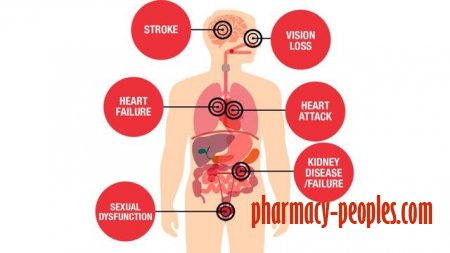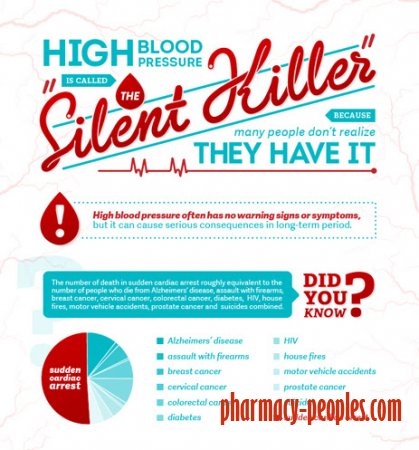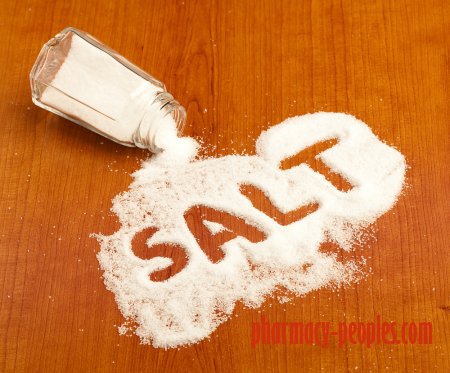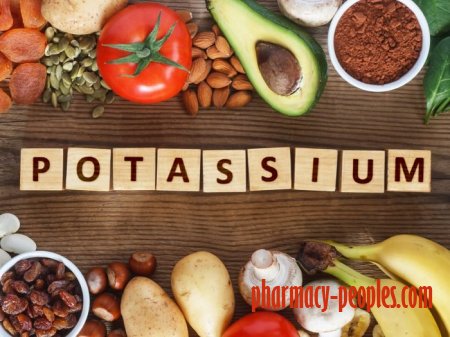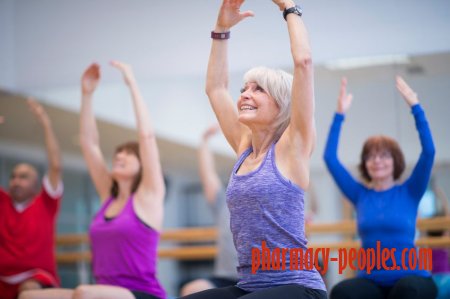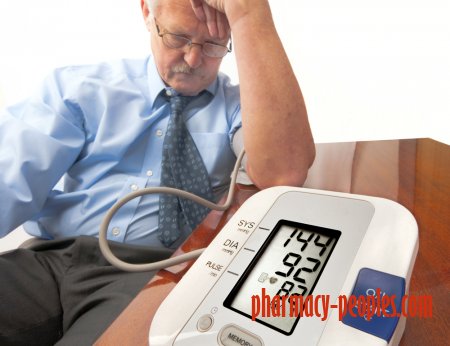Lifestyle Changes to Help You Lower Blood Pressure
What is Hypertension?
Hypertension or more commonly known as High Blood Pressure occurs in 1 in 3 adults worldwide. Nearly 65% of people over 50 in suffer from it in Ireland & frighteningly nearly half of this number are unaware of their condition due to that fact that hypertension usually has no symptoms.
How does it occur?
Hypertension can occur on its own, particularly if there is a family history, however it can also caused by lifestyle factors such as
· A diet too high in sodium
· Over-consumption of alcohol & smoking
· Being overweight & lack of exercise
· Stress
Other factors including Diabetes Type 1 & 2, high cholesterol levels & the person being aged over 65 can lead to increased Hypertension.
What can happen?
If it isn’t diagnosed or treated properly, Hypertension will over time lead to a reduction of blood supply to important organs in the body, known as “target organs”. This can result in a heart attack, and eventually heart failure.
Hypertension can also lead to stroke, cognitive impairment, dementia, kidney failure, and even premature death.
Hypertension – The Silent Killer
A person with hypertension may look well, feel well, and normally won’t have any symptoms, so it often goes unnoticed. The only way to know if you have hypertension is to measure your blood pressure level.
There are two numbers that measure the level of blood pressure, one measures the blood pressure when it is at its highest as its squeezed out of the heart ie the Systolic Pressure and the other is the blood pressure at its lowest when it is flowing back to the heart ie the Diastolic Pressure.
The normal level of blood pressure should be 120 mmhg Systolic over 80 mmhg Diastolic, if your systolic blood pressure is 140 mmHg or higher, or if your diastolic blood pressure is 90 mmHg or higher you technically have Hypertension and it is recommended that you seek treatment from your doctor.
These tips will help you keep your blood pressure at a healthy level !
1. Lower Your Sodium Intake to Better Manage Blood Pressure
Lowering your sodium intake is important because sodium increases blood pressure by causing the body to retain excess fluid. This puts an added burden on your heart and puts more pressure on your blood vessels.
2. Increase Potassium Intake With Healthy Foods
Eating foods with potassium is important for controlling blood pressure because potassium slows the effects of sodium. Good sources of potassium include:
Fruits like bananas, dried apricots, and pomegranates
Vegetables like brussels sprouts, beets, and acorn squash
Dairy products including fat-free or low-fat (1 percent) milk
Coconut water
3. Eat a Balanced, Low-Salt Diet Rich in Fruits and Vegetables
The Dietary Approaches to Stop Hypertension, or DASH diet, is an eating plan based on research studies funded by the National Heart, Lung, and Blood Institute, part of the National Institutes of Health. The DASH diet has been shown to lower high blood pressure and improve cholesterol — two factors that lower your risk of heart disease.
The DASH diet promotes the following:
Fruits and vegetables
Whole grains
Low-fat or fat-free dairy products
Limiting sodium and foods high in saturated fat
Reducing sugar-sweetened beverages and sugary foods
4. Get Physically Active and Move More, With or Without a Gym
Most people think that you need a gym membership to be healthy and physically active. But you also can use other exercise options.
8 Ways to be Physically Active Without Going to the Gym
1) Take the stairs instead of the elevator. I know this is a repeated piece of advice by most health professionals, but it’s true. Taking the stairs instead of the elevator will allow you to burn more calories, which will add on to your physical activity goal. So, put that elevator button to rest and start taking the stairs.
2) Park further from the building when you go shopping. Everyone is guilty of this…wanting the best parking spot. Just think about it this way; instead of fighting for a parking spot, you can park, walk to the store and start shopping. In this situation, time saved is physical activity gained.
3) Take a walk around the block. Talking a walk around the block is a great experience for you to get some physical activity, fresh air, connect with you community and/or neighborhood, and it’s free. You can make it more enjoyable by walking with a friend or listening to some music.
4) Take your pet out for a walk. This can include your dog, cat, raccoon, possum, bunny/rabbit, and whatever other pet or furry friend you have that likes to go on walks. Taking your pet out on a walk is essential for their health and yours. Make it a fun activity, not a chore. Get some toys and play with your pet or put some ear buds on and listen to your favorite music.
5) No more sitting…start moving in between TV commercials. This is something that can get your physical activity levels going. Instead of sitting down during commercials, you can walk/jog in place. If you really want to boost your physical activity levels, trying walking or jogging in place during the entire show!
6) Get scrubbing and get some physical activity going I know…housework. Now, this isn’t the occasional wiping the countertop “housework”. I mean the hardcore, scrubbing action housework. This includes scrubbing tiles, bathtubs, bathrooms, making beds, sweeping, vacuuming, etc. You can make it more enjoyable by jamming to your favorite music.
7) Cut some calories, while you cut your grass This doesn’t only include cutting your grass. This includes landscaping work, racking leaves, shoveling snow, planting flowers, etc. Again, you can make it more enjoyable by listening to some music.
8) Take a free class Yep, free physical activity/dance classes exist. You can search for them online or in the local newspaper. Also, you can join in on our hip hop dance classes, which are held every Wednesday from 4:30-6:00pm.
5. Maintain a Healthy Weight by Moving More and Eating Better
One of the most important things that you can do for your blood pressure is to manage your weight. Blood pressure rises as your body weight increases. Even small changes like losing 10 pounds can lower your blood pressure. If your goal is to lose weight, you’ll need to watch what you eat and be physically active.
6. De-Stress And Sleep Easy
1.Leave your work at work by using a mantra.
Before leaving your office for home, make sure you’ve finished your key tasks for the day. You don't want to take work with you into your relaxation station. Instead, write a to-do list for the next morning to clearly organize your thoughts and leave them on the list — not in your head.
2. Set the atmosphere for the evening.
Dimming the lights sends your body a signal to wind down and go to bed. So instead of keeping the bright lights on all evening, dim them when you get home and light some candles. Add to the gentle glow by turning on some relaxing music.
3. Shut down all tech devices.
As early as you can, turn off all electronics, including the TV. Make a habit to also shut down all social media at a certain time every night and not start it up again until after you’ve set up your new day in a relaxed fashion. Your Facebook, Pinterest, Instagram, Twitter, and email can wait.
4. Sip calming teas.
Warm beverages soothe the body — and who doesn’t feel cozy while curled up in pajamas with a good book and a hot cup of tea? To really relax before bed, I recommend drinking chamomile and peppermint tea.
5. Take a detoxifying bath.
Enjoying a hot shower or bath in the evening goes a long way in steaming away stress. You can improve the bath even further by adding Epsom salts, which help detoxify the body. Make the water warm enough that you break into a light sweat, which will also help your body eliminate toxins. Pour two cups of the salts into the bath, dim the lights, relax, and unwind.
6. Try aromatherapy.
The power of scent is profound, and breathing in a relaxing essential oil can totally shift your head and heart space.
Some small studies have found that lavender essential oil is beneficial for a number of conditions, including insomnia. I like to put a few drops of lavender essential oil on my temples and my wrists before bed. You can also put a drop on your pillow.
7. Make your bedroom a sanctuary.
To encourage sticking with your bedtime each night, it's essential to have a bed that feels inviting. Soft pillows, warm blankets, and a serene color scheme in your bedroom are well worth the investment. Your place of sleep should feel like an oasis.
8. Practice light yoga stretches.
Simple restorative yoga poses and light stretching will help your body wind down from the day. A particularly good position for unwinding is child’s pose. Lie face-down curled into yourself on the floor. Now, expand your breath into your rib cage and your back for a sense of relaxation. You can finish this wind-down in savasana position on your yoga mat with some deep breathing.
7. Check your blood pressure
Blood pressure chart
While everyone is different, the AHA recommends the following ranges for healthy adults:
Category Systolic Diastolic
normal less than 120 and less than 80
elevated 120-129 and less than 80
high blood pressure stage 1 (hypertension) 130-139 or 80-89
high blood pressure stage 2 (hypertension) 140 or higher or 90 or higher
hypertensive crisis (call your local emergency services) higher than 180 higher than 120
When determining the category you fall into, it’s important to remember that both your systolic and diastolic numbers need to be in the normal range for your blood pressure to be considered normal. If one number falls into one of the other categories, you’re blood pressure is considered to be in that category. For example, if your blood pressure is 115/92, you’re blood pressure would be considered high blood pressure stage 2.
